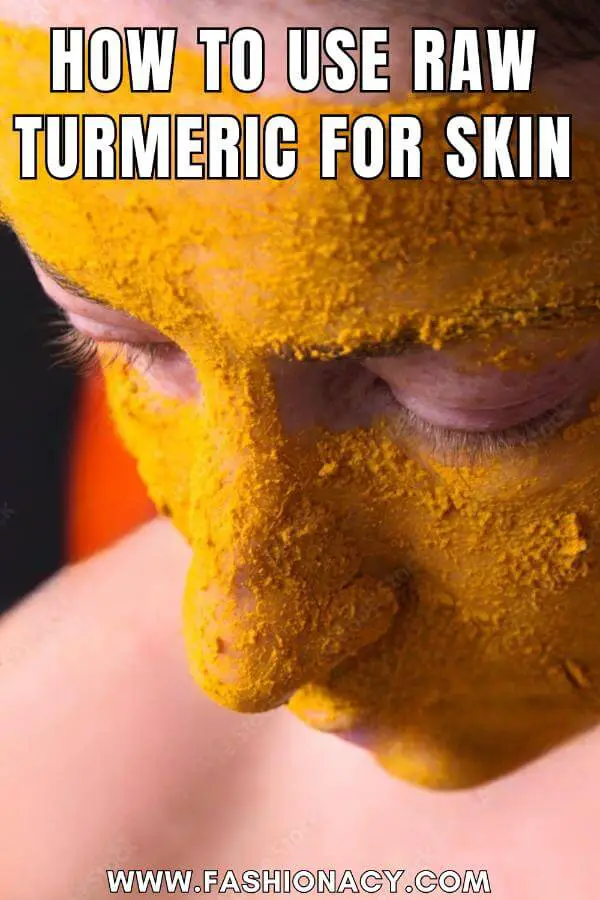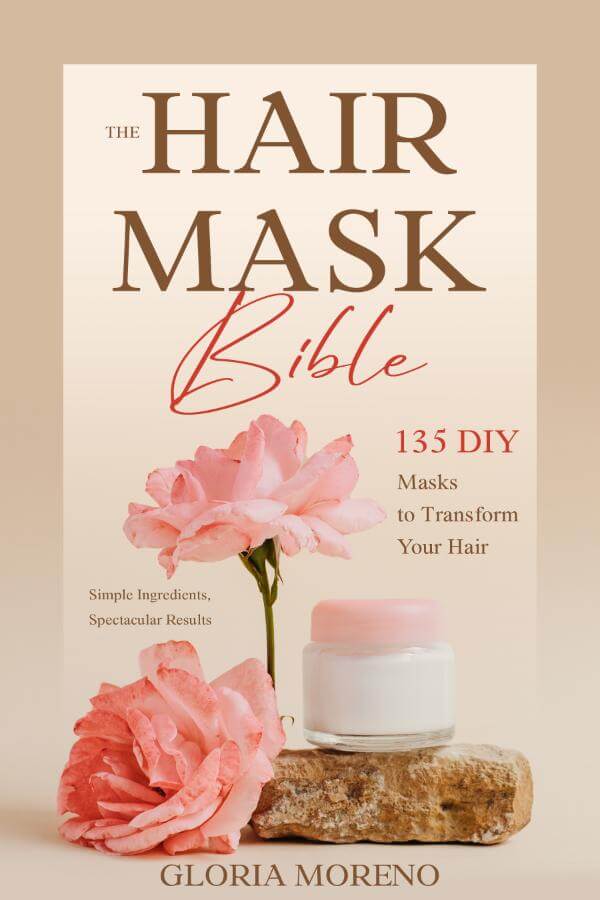
Turmeric, the golden spice celebrated for its culinary prowess, has been revered for centuries for its medicinal properties. Beyond its culinary use, turmeric holds a prominent place in traditional medicine systems like Ayurveda and traditional Chinese medicine.
Recent years have witnessed a surge in scientific research uncovering the remarkable benefits of turmeric, particularly its potent effects on skin health.
From combating acne to rejuvenating aging skin, turmeric boasts an impressive array of skin benefits that make it a cherished ingredient in skincare regimens worldwide.
Understanding Turmeric
Turmeric (Curcuma longa) is a flowering plant belonging to the ginger family, native to Southeast Asia. Its vibrant yellow-orange rhizomes are the source of the spice, known for its distinct flavor and color. The key bioactive compound responsible for turmeric’s therapeutic properties is curcumin, a potent antioxidant and anti-inflammatory agent.
Skin Benefits of Turmeric

- Anti-inflammatory Properties: Inflammation lies at the root of many skin conditions, including acne, eczema, and psoriasis. Turmeric’s anti-inflammatory properties help alleviate inflammation, soothing irritated skin and reducing redness. Curcumin inhibits inflammatory enzymes and mediators, providing relief from inflammatory skin conditions.
- Antioxidant Protection: Free radicals generated from environmental pollutants, UV radiation, and oxidative stress contribute to skin aging and damage. Turmeric’s rich antioxidant content scavenges free radicals, preventing oxidative damage and premature aging. Regular use of turmeric helps maintain youthful, radiant skin by neutralizing oxidative stress.
- Acne Treatment: Acne, a common skin concern affecting individuals of all ages, results from factors like excess oil production, bacterial overgrowth, and inflammation. Turmeric’s antibacterial and anti-inflammatory properties make it an effective natural remedy for acne. It controls sebum production, inhibits acne-causing bacteria, and reduces inflammation, promoting clearer skin.
- Brightening and Even Skin Tone: Uneven skin tone and hyperpigmentation can detract from the skin’s radiance. Turmeric’s skin-lightening properties help fade dark spots, pigmentation, and discoloration, imparting a brighter, more even complexion. Regular application of turmeric-based masks or serums can diminish the appearance of dark spots and reveal a luminous glow.
- Wound Healing: Turmeric has been traditionally used for wound healing due to its antimicrobial and anti-inflammatory properties. It accelerates the healing process by promoting tissue regeneration and reducing inflammation at the wound site. Applying turmeric topically on minor cuts, burns, or abrasions can aid in faster recovery and prevent infection.
- Anti-aging Effects: As skin ages, it loses elasticity and firmness, leading to wrinkles, fine lines, and sagging. Turmeric’s antioxidant and anti-inflammatory properties help counteract the signs of aging by neutralizing free radicals and reducing inflammation. Regular use of turmeric-infused skincare products can improve skin elasticity, diminish wrinkles, and impart a youthful appearance.
- Oil Balancing: Excess oil production can contribute to acne and a greasy complexion. Turmeric helps regulate sebum production, keeping the skin’s oil levels in balance. Its astringent properties tighten pores and control oil secretion, promoting a matte, shine-free complexion.
Incorporating Turmeric into Skincare Routine

There are numerous ways to harness the skin benefits of turmeric in your skincare routine:
- Turmeric Face Masks: Create a DIY face mask by mixing turmeric powder with yogurt, honey, or aloe vera gel for a soothing, brightening treatment.
- Turmeric Infused Serums: Look for skincare products containing turmeric extract or oil for targeted treatment of specific skin concerns.
- Turmeric Supplements: Ingesting turmeric supplements can complement topical skincare routines, providing internal support for skin health.
Precautions
While turmeric offers myriad skin benefits, it may cause staining, especially on light-colored fabrics and skin. Conduct a patch test before using turmeric topically, especially if you have sensitive skin or allergies. Pregnant and breastfeeding individuals should consult a healthcare professional before using turmeric supplements or applying it topically.
How to Use Raw Turmeric For Skin

Using raw turmeric for skin offers a natural and effective way to reap its numerous skincare benefits. Here’s a guide on how to incorporate raw turmeric into your skincare routine:
- Selecting Fresh Turmeric: Look for fresh turmeric root in grocery stores or local markets. Opt for roots that are firm, free from blemishes, and have a vibrant orange-yellow color.
- Preparation:
- Wash the turmeric root thoroughly under running water to remove any dirt or debris.
- Peel the outer skin using a vegetable peeler or knife to reveal the bright yellow-orange flesh.
- Grinding:
- Cut the peeled turmeric root into small pieces for easier grinding.
- Use a mortar and pestle or a spice grinder to grind the turmeric into a fine paste. Alternatively, you can use a food processor or blender to achieve a smooth consistency.
- Creating Turmeric Paste:
- Mix the ground turmeric with a small amount of water or other suitable liquid to form a thick paste. You can also add other ingredients like honey, yogurt, or milk for added skincare benefits and to enhance the texture of the paste.
- Patch Test:
- Before applying the turmeric paste to your entire face, perform a patch test on a small area of your skin, such as the inner wrist or elbow. This helps ensure that you don’t have any allergic reactions or sensitivities to turmeric.
- Application:
- Apply a thin layer of the turmeric paste to cleansed skin using clean fingertips or a brush.
- Gently massage the paste onto your skin in circular motions, ensuring even coverage.
- Allow the turmeric paste to sit on your skin for 10-15 minutes or until it dries completely.
- Rinsing:
- Rinse off the turmeric paste thoroughly with lukewarm water. You may need to use a gentle cleanser to remove any yellow residue, especially if you have lighter skin tones.
- Be cautious when rinsing to prevent staining on towels or clothing.
- Moisturizing:
- After rinsing off the turmeric paste, pat your skin dry with a clean towel.
- Follow up with a moisturizer suitable for your skin type to hydrate and nourish your skin.
- Frequency:
- Start by using raw turmeric paste for skin once or twice a week to gauge your skin’s tolerance.
- Depending on your skin’s sensitivity and response, you can gradually increase or decrease the frequency of use.
- Storing:
- Store any leftover turmeric paste in an airtight container in the refrigerator for future use. Fresh turmeric paste can typically be stored for up to one week.
Benefits of Using Raw Turmeric for Skin:
- Anti-inflammatory: Helps soothe and calm irritated skin.
- Antioxidant: Protects the skin from oxidative damage and premature aging.
- Acne Treatment: Fights acne-causing bacteria and reduces inflammation.
- Brightening: Promotes a more even complexion and reduces the appearance of dark spots.
- Wound Healing: Aids in the healing process of minor cuts, burns, and abrasions.
Caution:
- Turmeric can stain the skin temporarily, especially if left on for an extended period. Ensure thorough rinsing to avoid staining.
- Perform a patch test before using turmeric on your face, especially if you have sensitive skin or allergies.
- Avoid using raw turmeric on broken or irritated skin, as it may cause further irritation.
- If you experience any adverse reactions, discontinue use and consult a dermatologist.
Conclusion
Turmeric’s skin benefits extend far beyond its culinary uses, making it a versatile and potent ingredient in skincare. From combating acne to rejuvenating aging skin, turmeric’s anti-inflammatory, antioxidant, and antimicrobial properties offer a holistic approach to achieving radiant, healthy skin. By incorporating turmeric into your skincare routine, you can harness the power of this ancient spice for glowing, youthful skin.



